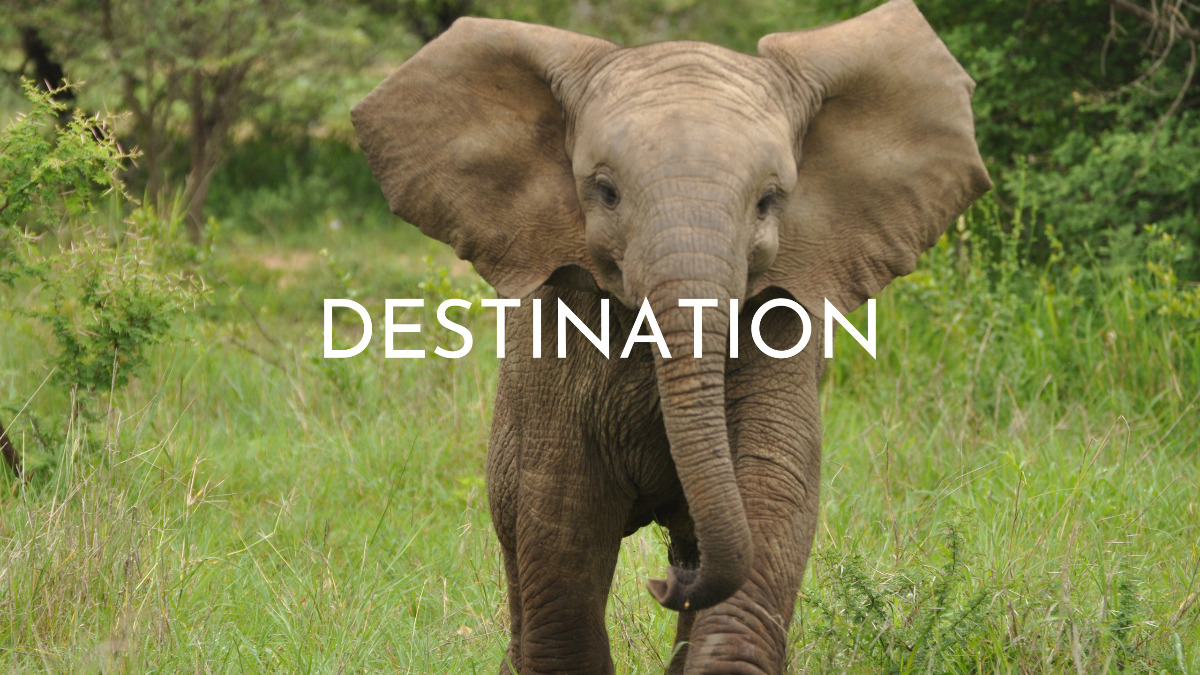Why Should a Safari be on your Bucket List?
Safari doesn’t only offer the beauty of experiencing untouched nature and wild animals in their natural environment – it’s also a time to reconnect with your inner soul. It’s a time to create special moments, a time for your delegates to be rewarded with a jaw dropping experience or a time for a photographer to capture that perfect moment.
Safari is diverse, offering a plethora of different locations on land, water, open savannah, lush forests and thick bush, with some camps set on a mountain ridge offering spectacular views; while others are built waterside, with an opportunity to observe wildlife cooling off from a hot day out in Africa.
Safari camps and lodges are small and intimate, each one unique and different from the other, designed and created to maximise guests’ experience and to elevate one’s sense of exclusivity.

A Typical Day on Safari
Are you wondering what a typical day out on safari looks like? It depends on the season or the camp but this is generally what you can expect:
5.00am: Wake-up call – either a phone call to your room or a knock on your door.
5.30am: Enjoy a hearty cup of tea, coffee and rusks (biscuits) available in the lounge to enjoy.
6.00am: Depart on your game drive, typically 2-3 hours long, with a coffee stop en-route.
9.00am: Return to your camp/lodge for a scrumptious breakfast with extensive options.
Between Breakfast and lunch: Time to enjoy your room to take a nap, or use the opportunity to enjoy a bush walk with your ranger. You could also relax at the spa, or cool off in the pool; you can decide how you want to while away leisure hours.
From 1pm – 2.30pm: Enjoy a light lunch at the lodge.
Between lunch and afternoon tea: Time to relax.
3.30pm: Meet for delicious high tea – a selection of sweet and savoury, with some tea/coffee or even a refreshing ice-cold beverage.
4.00pm: Depart on your game driver, typically 2-3 hours long, with a sundowner drinks and snacks stop en-route, best enjoyed with a G&T and some South African Biltong.
7.00pm: Estimated time to return from your drive, time to get ready for dinner.
From 7.30pm: Dinner available to be enjoyed, often served in the Open Air Boma, or special “surprise” outdoor location.
What Should you Pack for an African Safari?
A safari can be a once-in-a-lifetime trip, and it’s easy enough to use things you already own. You don’t even necessarily need to wear the traditional creams, browns and greens from top to bottom. Most animals see the jeep as one big creature rather than individual people.
We do, however, have some helpful tips on what to avoid. Whites and pale colours are lovely, but they can get dirty very quickly in the dust, and blacks and dark blues often attracts the flies and bugs. Also, steer clear of camouflage prints, as in some countries it is seen as a military uniform.For walking safaris, you need to wear neutral colours to blend into the background and so that you don’t scare the animals away – think shades of brown, tan, beige, khaki and green.
The safari clothing checklist:
- Long sleeved and short sleeved tops and trousers (light cotton for summer), maybe a cardigan as it gets cooler at night.
- Long sleeved jersey tops, fleece or wind breaker/puffer jacket, even beanie and scarf – for cold winter mornings and evenings.
- Closed shoes – comfortable for walking (keep the high heels at home).
- Pair of sandals to wear around camp – comfortable, that you can wear up or down.
- Swimming clothes.
- Sun protection cream 30+, Sun hat with a brim to keep sun off your neck. Foldable is a good idea so it doesn’t squash in your bag, with a neck cord so you don’t lose it when the jeep speeds off, and a good pair of sun glasses.
- Scarf/shawl/sarong is a good idea, as it keeps the dust off your face, covers you from the sun and keeps you warm during cool mornings and evenings. A buff will also work.
- Personal toiletries.
- Extras: Mosquito repellent, travel sickness pills if you’re sensitive to motion sickness, heavy-duty moisturiser as we found the air really dry, good moisturizing lip balm, tissues, hand sanitizer or antibacterial wipes, adaptor plug for electricals, camera and lenses, and binoculars should you wish.

